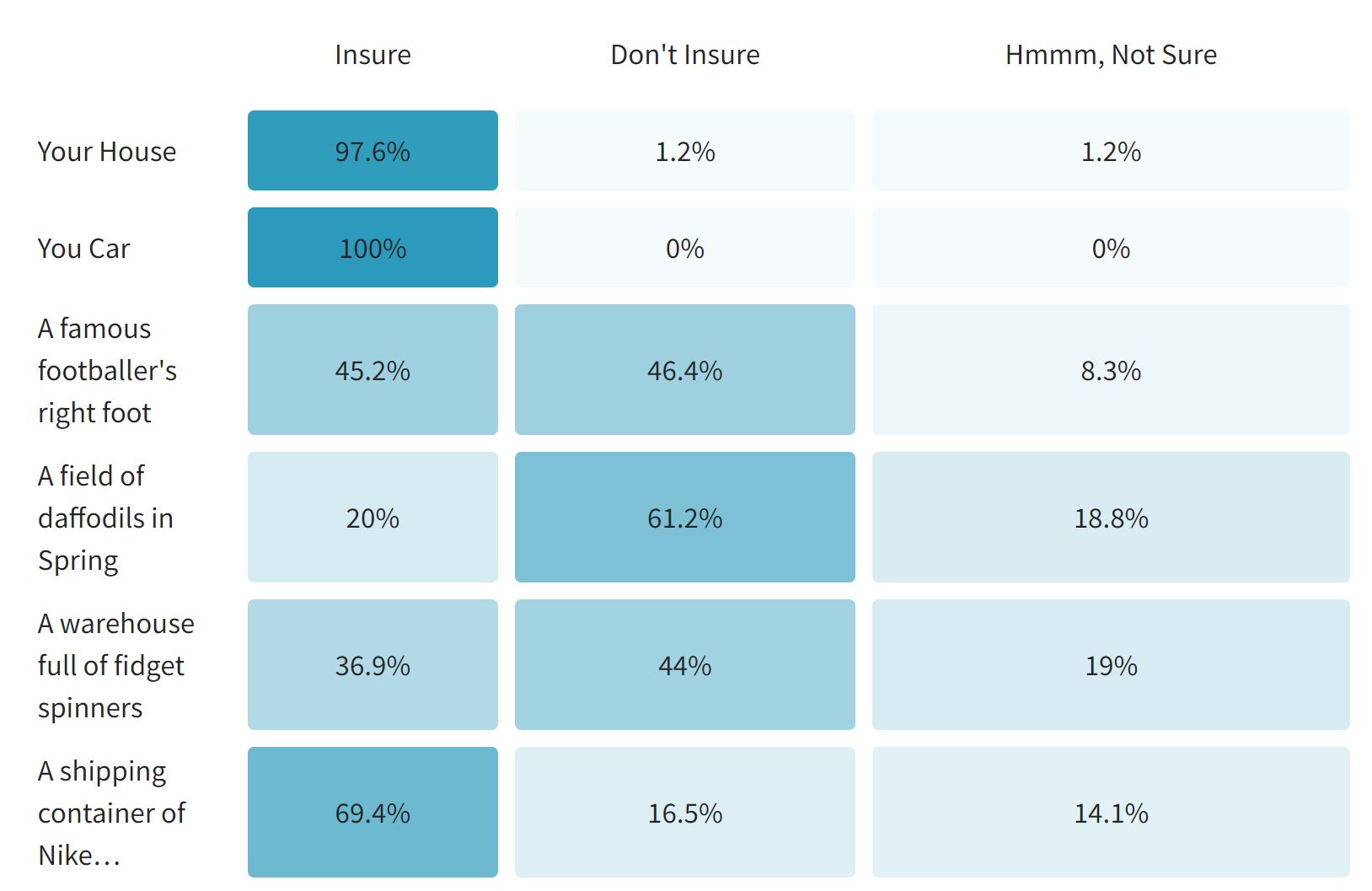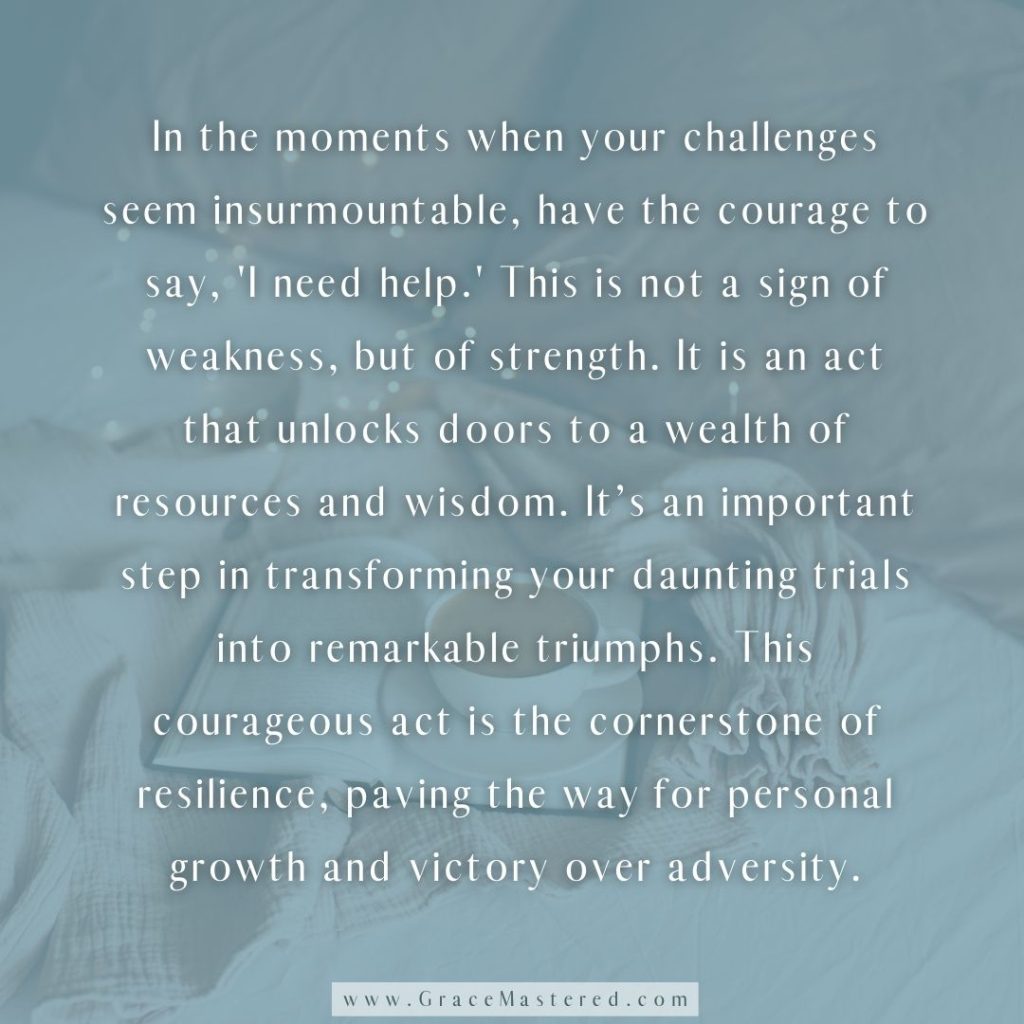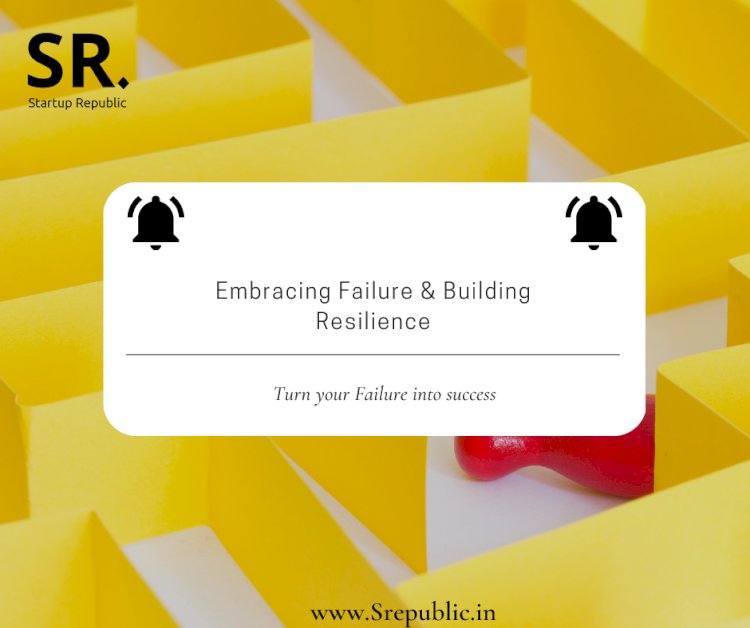
Unlocking Innovation: How Identifying Unmet Needs Fuels Breakthrough Ideas
Have you ever found yourself thinking, "I wish there was a better way to do this," or "Why doesn’t X exist?" If so, you’ve stumbled upon an unmet need. These aren’t just passing thoughts; they are the hidden gems, the secret sauce, and the very foundation upon which truly innovative products, services, and solutions are built.
In today’s fast-paced world, simply creating something new isn’t enough. To truly make an impact and achieve lasting success, whether in business, technology, or even in your daily life, you need to solve a real problem for real people. This is where identifying unmet needs comes in. It’s not just about brainstorming wild ideas; it’s about deeply understanding what people genuinely lack, desire, or struggle with, and then finding a way to fulfill that void.
This comprehensive guide will demystify the process of identifying unmet needs, showing you why it’s crucial and how anyone, from aspiring entrepreneurs to curious problem-solvers, can master this essential skill.
Why Are Unmet Needs Crucial for Innovation?
Think about some of the most groundbreaking innovations of our time: smartphones, ride-sharing apps, streaming services. None of these were born in a vacuum. They emerged because someone recognized a significant unmet need and created a superior solution.
Here’s why focusing on unmet needs is the cornerstone of true innovation:
- Solves Real Problems: Instead of creating something no one wants, you’re directly addressing a pain point. This drastically increases the chances of your innovation being adopted and loved.
- Creates Competitive Advantage: When you fulfill a need that competitors are missing, you establish a unique position in the market. It’s harder for others to copy a solution to a problem they haven’t even identified.
- Drives Customer Loyalty: People stick with solutions that genuinely make their lives easier, better, or more enjoyable. Meeting their deep-seated needs fosters strong loyalty.
- Unlocks New Markets: Sometimes, an unmet need isn’t just about improving an existing solution; it’s about discovering an entirely new group of people who are underserved or overlooked.
- Fosters Sustainable Growth: Innovations built on real needs tend to have longer lifespans and more potential for growth because they’re rooted in human desire or necessity.
- Leads to Meaningful Impact: Beyond profit, solving unmet needs often leads to positive social or environmental impact, making the world a better place.
What Exactly Are Unmet Needs?
At its simplest, an unmet need is a problem, desire, or challenge that is not being adequately addressed by existing products, services, or solutions. It’s the gap between what currently exists and what people truly want or require.
Let’s break it down:
-
A "Need" vs. a "Want":
- A need is often fundamental, something that causes friction, inefficiency, or discomfort if not met. For example, "I need a way to easily get from point A to point B."
- A want is often a preference or a desire for something better, but its absence doesn’t cause significant pain. For example, "I want a car with heated seats."
- Innovation focuses on needs, as they represent more significant opportunities.
-
They Can Be Obvious or Hidden:
- Obvious Unmet Needs (Stated Needs): These are often voiced directly by people. "My internet is too slow." "I hate waiting in long lines." These are easier to spot but often have more competition.
- Hidden Unmet Needs (Latent Needs): These are needs that people might not even realize they have, or they’ve just accepted the current limitations. Think of the iPhone before it existed – people didn’t say, "I need a single device that combines a phone, an iPod, and an internet communicator." They just dealt with carrying multiple gadgets. Discovering these latent needs can lead to truly disruptive innovations.
Examples of Unmet Needs That Led to Innovation:
- "I need a convenient way to get a ride without owning a car or hailing a taxi." -> Uber/Lyft
- "Managing my finances across different bank accounts is complicated." -> Personal finance apps (e.g., Mint)
- "Traditional alarm clocks are jarring; I want to wake up gently." -> Smart sleep trackers/gentle wake-up apps
- "I want to learn new skills from experts, but traditional education is expensive and inflexible." -> Online learning platforms (e.g., Coursera, Udemy)
The Art of Discovery: How to Identify Unmet Needs
Identifying unmet needs isn’t about guesswork; it’s a systematic process of observation, empathy, and analysis. Here are powerful methods you can use:
1. Embrace Empathy and Observation
This is perhaps the most fundamental step. Put yourself in others’ shoes – or, even better, watch them in their own shoes!
- Walk a Mile in Their Shoes (Figuratively): If you’re trying to solve a problem for a specific group, try to experience their daily routines, challenges, and frustrations firsthand.
- Observe User Behavior: Don’t just ask people what they want; watch what they do.
- Example: Do people struggle to open packaging? Do they abandon tasks halfway through? Are they using existing products in unintended ways (a "hack")? These are all clues.
- Pay attention to non-verbal cues: sighs, frowns of concentration, moments of hesitation.
- Context is Key: Observe people in their natural environments. How do they interact with products or services in their homes, workplaces, or public spaces?
2. Practice Active Listening and Conduct Interviews
While observation is powerful, direct interaction is also vital.
- Go Beyond Surface-Level Answers: When asking questions, use "why" repeatedly to dig deeper. "Why do you say that?" "Why is that important to you?" "What prevents you from doing X?"
- Conduct One-on-One Interviews: Talk to individuals who might experience the problem you’re interested in. Create an open, non-judgmental environment.
- Run Focus Groups: Gather a small group of target users to discuss their experiences, opinions, and frustrations in a facilitated setting. The group dynamic can often spark new insights.
- Scrutinize Feedback Channels:
- Customer Support Logs: What are people complaining about? What are their recurring issues?
- Online Reviews: Read product/service reviews on Amazon, Yelp, app stores. Look for patterns in negative feedback and suggestions for improvement.
- Social Media: People often vent frustrations or express desires on platforms like Twitter, Reddit, or specialized forums.
- Surveys: While surveys can be limiting (people might not know their latent needs), they can confirm widespread stated needs.
3. Analyze Data and Trends
Numbers and patterns can reveal significant unmet needs that individual observations might miss.
- Market Research Reports: These often highlight emerging consumer behaviors, demographic shifts, and industry trends that point to future needs.
- Search Engine Data (e.g., Google Trends): What are people searching for? Are there spikes in certain queries related to problems or desires?
- Sales Data & Usage Analytics: If you have an existing product, what features are used most/least? Where do users drop off? What are the common error messages?
- Demographic Shifts: An aging population might need different healthcare solutions; a rise in remote work creates needs for new collaboration tools.
- Technological Advancements: New technologies (AI, VR, blockchain) often create opportunities to solve old problems in new ways, or enable entirely new solutions that weren’t possible before.
4. Perform Competitive Analysis
Look not just at what competitors are doing well, but where they are falling short.
- Identify Competitor Weaknesses: What are their customers complaining about? What features are missing? Where are their service gaps?
- Analyze Their "Workarounds": Do customers have to use multiple products or inconvenient methods to achieve something that one competitor’s product should do? That’s an unmet need.
- Look for Underserved Segments: Are competitors ignoring a specific niche or demographic that has unique needs?
5. Leverage Personal Experience & Frustration
Sometimes, the best source of innovation is your own life.
- Your Own Pain Points: What frustrates you in your daily life, at work, or with existing products? If it’s a problem for you, chances are it’s a problem for others too.
- Your Hobbies & Passions: What challenges do you face in your specific interests? Are there tools or services that could make them easier or more enjoyable?
- Listen to Friends and Family: What do they complain about? Their casual remarks can often point to widespread frustrations.
6. Engage in Brainstorming & Ideation Sessions
Once you’ve gathered initial observations and data, dedicated sessions can help synthesize findings and unearth deeper insights.
- "How Might We…" Questions: Reframe identified problems into open-ended questions that invite solutions. (e.g., Instead of "People hate doing laundry," ask "How might we make laundry less of a chore?")
- Mind Mapping: Visually connect ideas and observations to reveal relationships and potential unmet needs.
- Role-Playing: Act out scenarios to better understand the user’s emotional journey and pain points.
- The "Five Whys" Technique: For any problem, keep asking "Why?" five times to get to the root cause, which is often the true unmet need.
From Identification to Innovation: What’s Next?
Identifying an unmet need is a crucial first step, but it’s only the beginning of the innovation journey. Once you’ve found a promising need, here’s what to do next:
- Validate the Need: Before investing heavily, confirm that the need is widespread and significant enough to warrant a solution. Is it a "nice-to-have" or a "must-have"? How many people experience this problem?
- Brainstorm Potential Solutions: Once the need is clear, let your creativity flow! Think broadly about different ways to address it. Don’t limit yourself to existing technologies or approaches.
- Develop a Minimum Viable Product (MVP) or Prototype: Create the simplest possible version of your solution to test its core value. This could be a sketch, a basic website, or a simple physical model.
- Test and Gather Feedback: Put your MVP or prototype in front of your target users. Observe how they interact with it, and actively solicit their feedback. Does it truly solve their unmet need?
- Iterate and Refine: Based on feedback, make improvements to your solution. Innovation is an ongoing process of learning, adapting, and refining.
Frequently Asked Questions (FAQs)
Q1: What’s the biggest mistake people make when trying to identify unmet needs?
A: The biggest mistake is assuming you know what people need without actually talking to them or observing their behavior. Relying solely on your own assumptions or simply asking "What do you want?" can lead to solutions that don’t truly resonate.
Q2: Can I find unmet needs in my own life?
A: Absolutely! Many successful innovations started with the creator solving a problem they personally faced. Pay attention to your own frustrations, inefficiencies, or desires that aren’t being met by existing products or services.
Q3: Is market research the only way to find unmet needs?
A: No, market research is a valuable tool, but it’s just one piece of the puzzle. Empathy, observation, personal experience, and direct conversations are equally (if not more) important, especially for discovering latent or hidden needs that traditional surveys might miss.
Q4: How do I know if an unmet need is "big enough" to pursue?
A: A "big enough" unmet need usually affects a significant number of people, causes substantial pain or inconvenience, and they are willing to pay or put in effort for a solution. Look for needs that are widespread, recurring, and have a clear impact on people’s lives.
Q5: What’s the difference between identifying an unmet need and brainstorming a new idea?
A: Identifying an unmet need is about discovering a problem or gap. Brainstorming a new idea is about creating a solution to that problem. You identify the need first, then you brainstorm ideas to fulfill it.
Conclusion
Identifying unmet needs is more than just a business strategy; it’s a mindset – a way of looking at the world with curiosity, empathy, and a desire to improve. It’s about seeing problems not as obstacles, but as opportunities.
By mastering the art of recognizing what people truly need, you unlock the potential for genuine innovation, create solutions that truly matter, and pave the way for breakthrough ideas that can transform industries and lives. So, start looking, start listening, and get ready to discover the next big thing that’s just waiting to be created!



Post Comment